It is always to the advantage of homeowners to be proactive in addressing possible moisture problems in different parts of the house. When it comes to the basement, would it be wise to use vapor barriers aside from insulation to prevent moisture damage on the walls? That's what we asked the experts and here's what they have to say.
If the basement walls are finished already, then it's not recommended to install vapor barriers anymore. They will only trap the moisture which would lead to mold growth and damage. But if the walls are unfinished, you can install vapor barriers provided you know which side of the insulation it must go.
Continue reading to understand why you shouldn't put vapor barriers on finished basement walls. We'll also share with you when it is okay to use these barriers and if they should go before or after the insulation. We'll also tell you the difference between moisture and a vapor barrier. Let's get down to business!
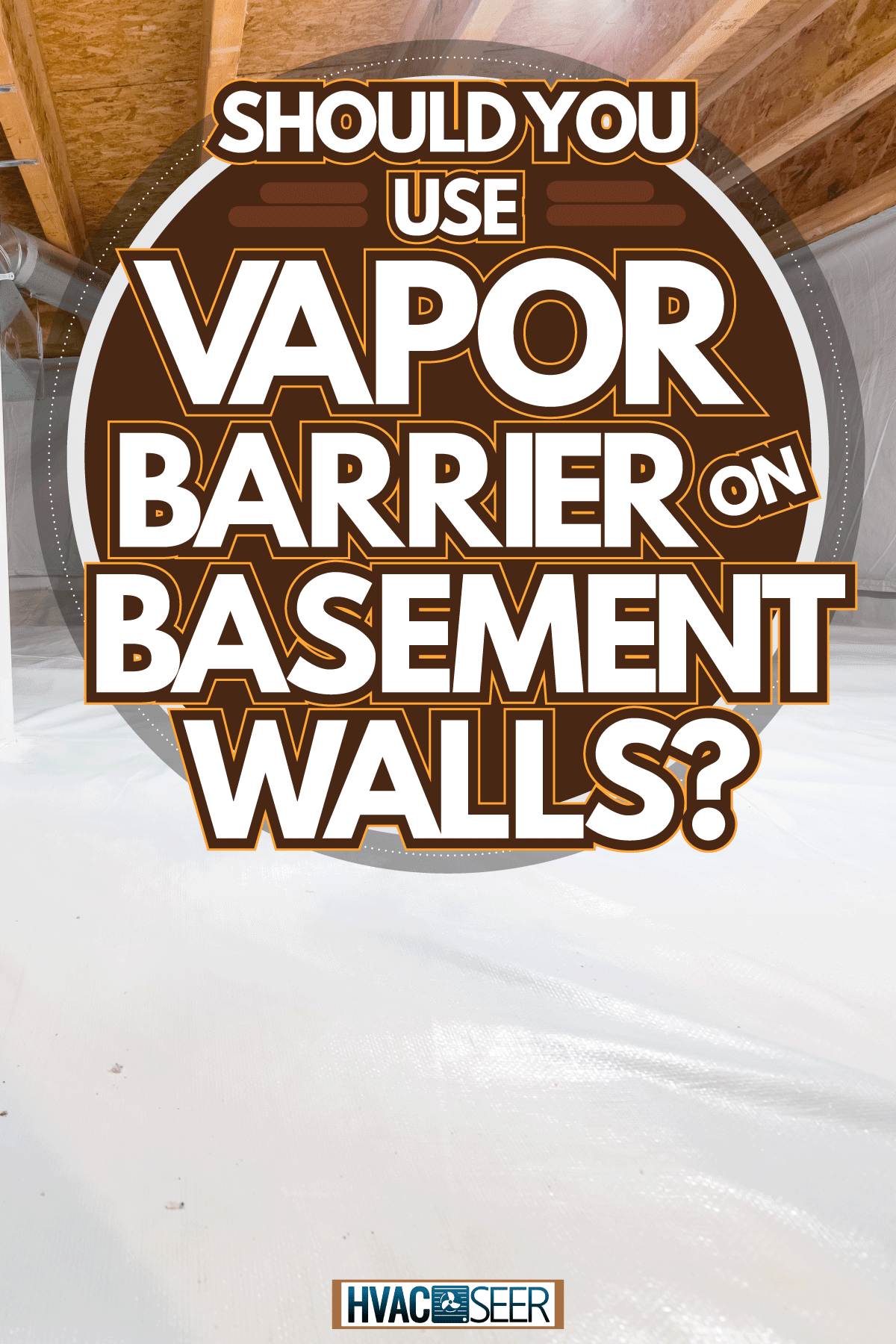
Do I need a vapor barrier for basement walls?
Humidity and its subsequent issues are common concerns in basements. This is mainly because this part of the house is found below the grade or ground level, and it doesn't have sufficient sunlight and ventilation compared to the rest of the house.
That's why homeowners are advised to be proactive in protecting their basements from moisture and condensation problems.
We all know that insulation is the key to optimizing heating and cooling in this part of the house. But aside from adding insulation, can they also put vapor barriers for an additional layer of protection?
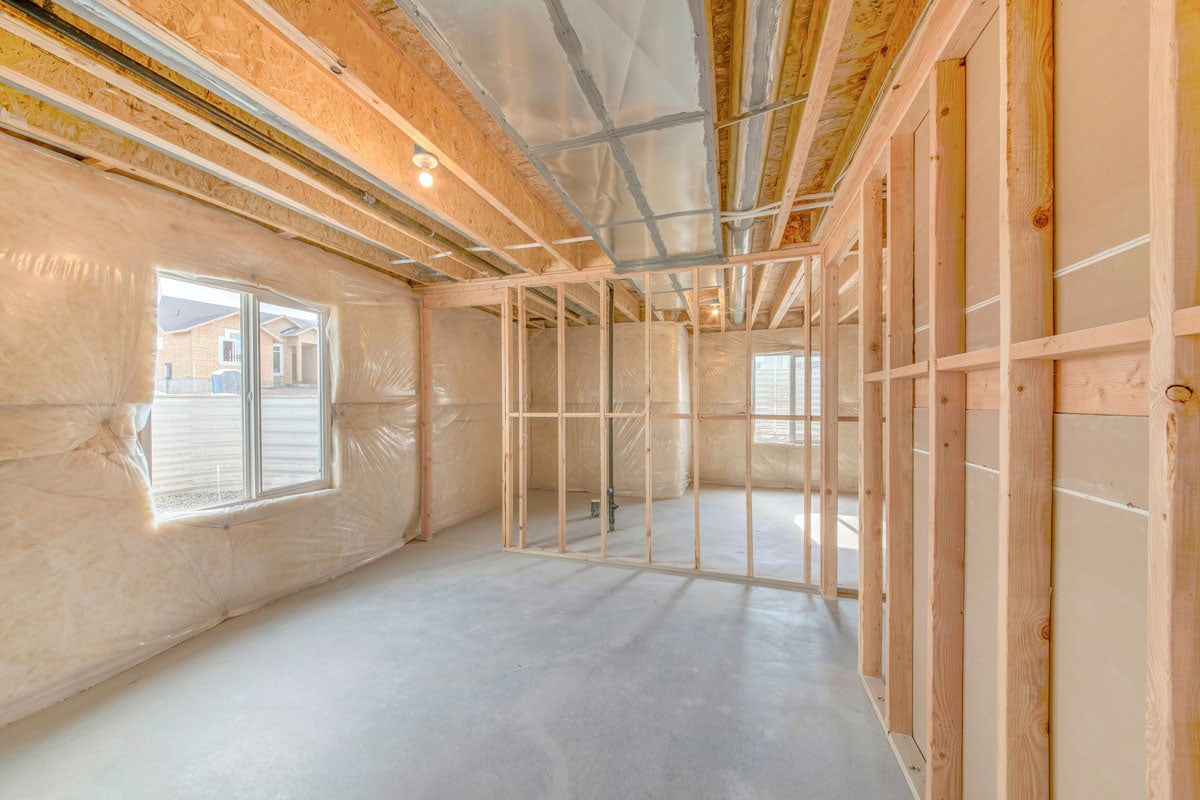
Vapor barriers, as the name suggests, prevent water vapor from diffusing into the next surface. In doing so, the buildup of moisture and condensation on the insulation walls is avoided. These barriers are also called vapor diffusion retarders and can be made of plastic or aluminum sheets and even paint, too.
Click this link to find this plastic vapor barrier on Amazon.
When you install them over a particular surface, you give it protection from dampness sort of waterproofing it. This is good news since it will lessen your worries about moisture problems and the costly damage that they can do to your basement.
However, you cannot just put vapor barriers anywhere you want. When installed in the wrong place, it can do more harm than good.
One such place where it isn't recommended to put vapor barriers in your basement wall, especially when the basement has been finished already. This means you already have insulation and drywall in place.
Adding vapor barriers to the basement walls will only trap the moisture which makes it all the more conducive for mold to grow and thrive. Remember, water vapor diffusion can happen from all sides - from outside when it's summer, from the humid indoor air, and even from the soil. In this case, insulation plus vapor barrier would result in moisture getting trapped in between.
The wood sill on your basement wall will become damp. Unbeknownst to you, it will rot and compromise the structural integrity of your wall. It might be too late once you realize the problem. Mold remediation can cost you thousands of dollars, so we hope you don't reach this point.
When should you use a vapor barrier?

Experts don't advise putting vapor barriers on finished walls. This means that the best time to install these barriers is when your wall is still unfinished, and you've yet to put up the insulation. It is recommended to install vapor barriers in the unfinished basement to avoid moisture problems due to high humidity levels.
Careful, though, because there's a proper way of installing vapor barriers. There are some considerations for you to know if they should go before or after the insulation. We'll discuss this in a while.
Other instances when it is okay to use vapor barriers are when you have adequate groundwater control systems in place, such as a drain tile system, downspout extension, and gutters. Your yard should also be graded so that the slope goes away from the foundation.
It is better if you have all or a combination of these working for you so that you can effectively waterproof your basement by directing water and moisture away from it.
Does the vapor barrier go before or after the insulation?
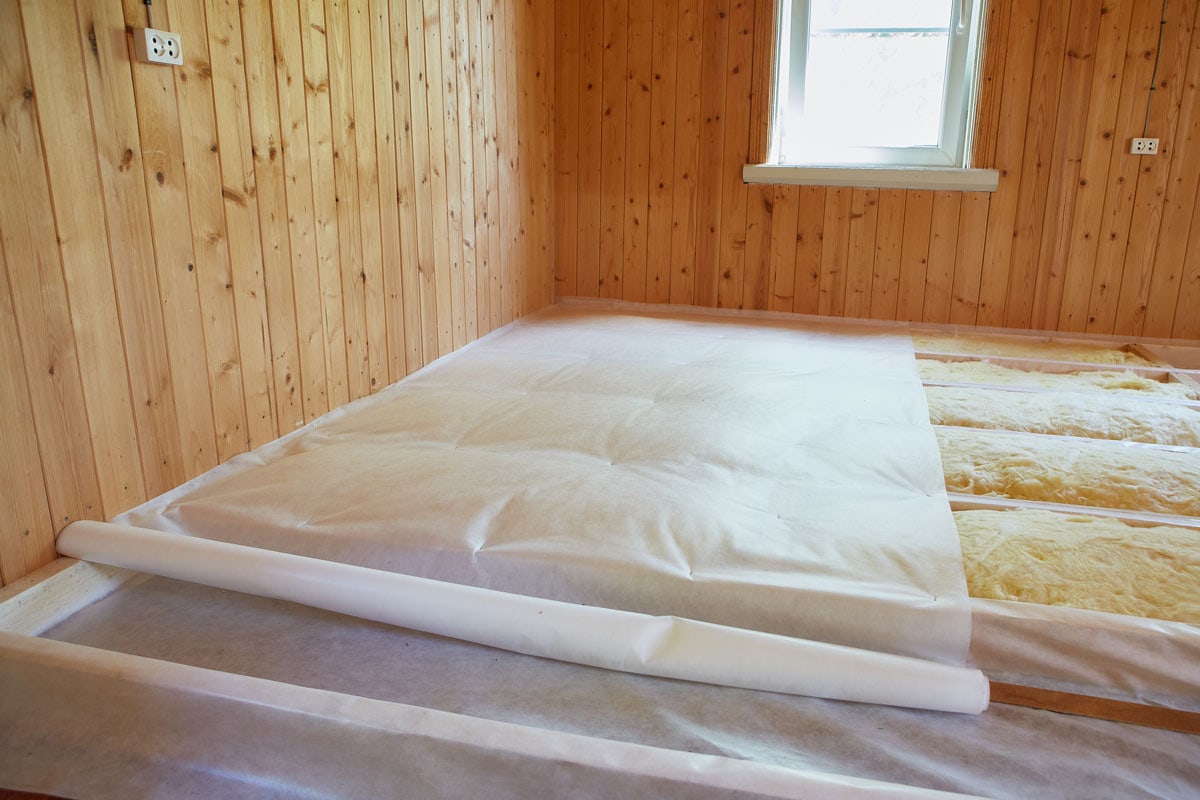
The answer here is it depends on the climate in your area. This means that you should determine the source of humidity and moisture.
Cold Climates
In colder climates, the basement's interior is warmer because of the heating systems used. The hot air comes from the inside and can produce moisture once it comes into contact with the cool concrete walls.
In this case, the vapor barrier goes on the interior side of the insulation or before the drywall and insulation.
Warm Climates
The cooling system makes indoor air much cooler for those living in warmer climates. Outdoor air is warmer because of hot weather conditions. So, it would be best if you had protection against outside heat.
This time, the vapor barrier goes on the exterior side of the insulation or after the insulation and before your drywall.
We understand that there are other climate types. The main idea here is to identify the typical weather conditions in your area and where the hot and humid air is coming from. If it's mostly coming from the inside of the house, the vapor barrier should be on the interior side of the insulation and on the exterior side if warmer air is coming from the outside.
With proper installation, you can give the best protection against moisture to your basement walls.
Other Factors That Affect the Necessity of Vapor Barriers
Aside from climate, here are other factors that you need to consider to determine if you need vapor barriers and what kind of vapor barrier you should use.
Cladding Materials Used
What materials were used? They could be bricks, wood, stucco, stone, or fiber cement siding among others. The question here is if they are absorptive or not? This will determine if they will retain or release water vapor because when they do, they will cause moisture problems, and you would need vapor barriers for additional protection.
Permeability
Vapor barriers come with different permeability levels. They tell you how well they allow water or moisture to pass through the sheets. Warmer climates need highly permeable barriers to prevent moisture buildup. For dry climates, it's okay to settle for low permeability. There should be a balance so that enough vapor can pass through and it won't be trapped inside the walls.
The most important thing is to ensure proper installation of the vapor barrier so that the wall can still breathe and the moisture won't be trapped inside. This is how you avoid mold growth.
What is the difference between a moisture barrier and a vapor barrier?
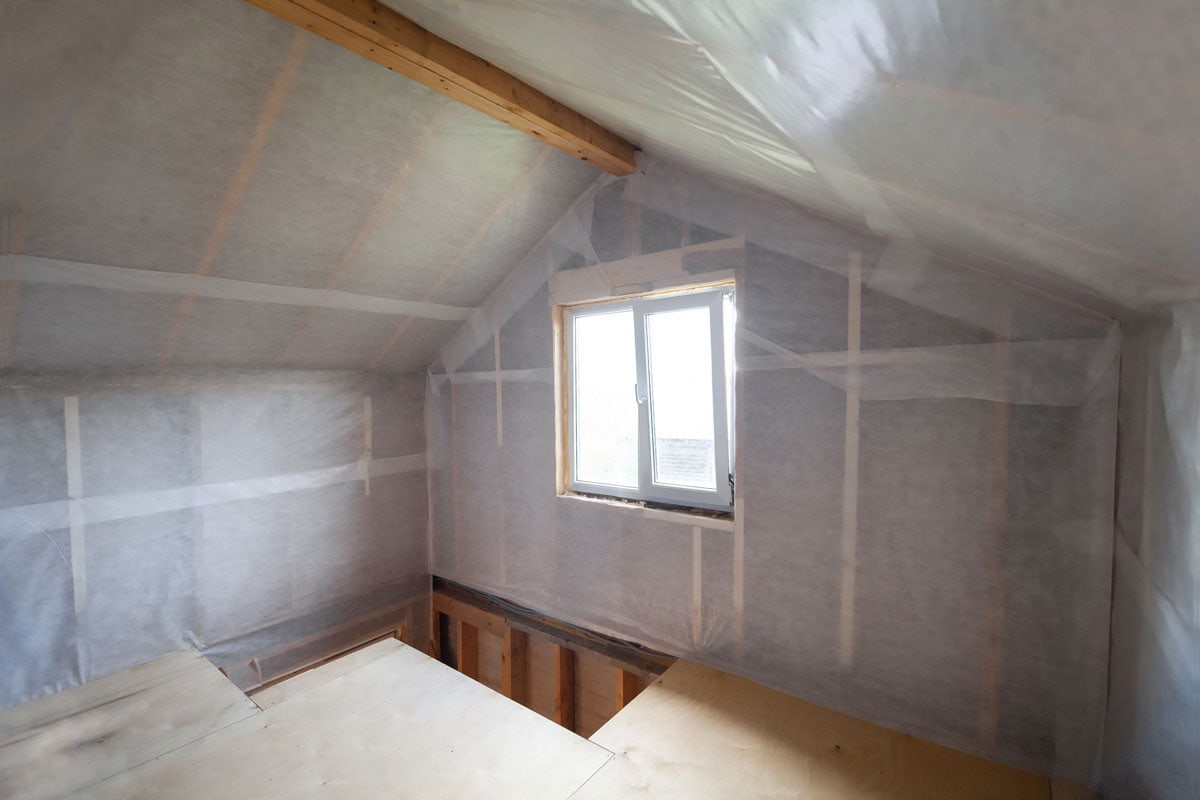
Many people are confused between these two, so we might as well differentiate one from the other. Vapor barriers prevent the diffusion of water vapor through the wall so that it won't cause condensation on the insulation. Moisture barriers, on the other hand, block water so that it won't get inside the wall cavity.
In terms of installation, vapor barriers are placed inside the wall frame before the drywall, whereas you put moisture barriers on the exterior side of the frame wall.
Both barriers are used in waterproofing your basement, and it's even better when you use them together to ensure that your basement is well-protected from moisture.
The materials that you can use as moisture barriers are as follows:
- spray foam insulation
- house wrap
- 6-millimeter poly sheets
Check out this house wrap on Amazon.
Final Thoughts
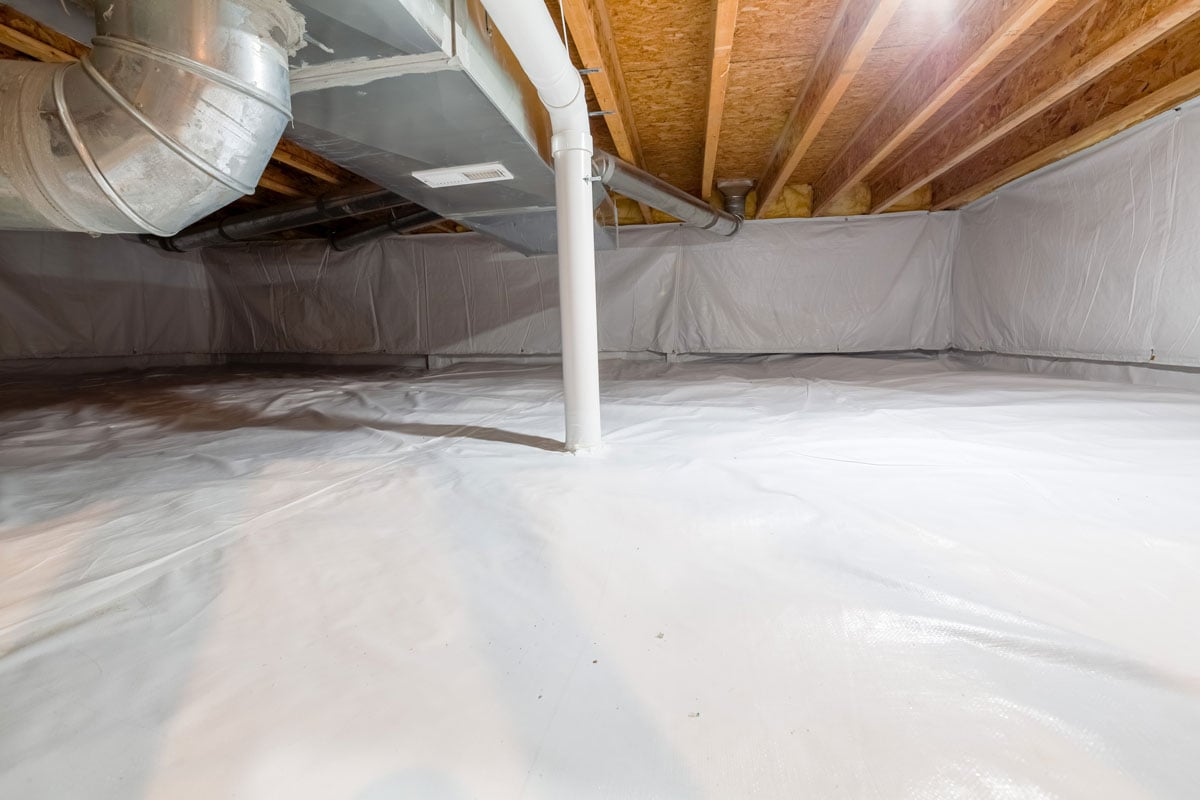
Know when to use vapor barriers and where to install them so that you can optimize their benefits. They can work together effectively with your insulation to protect your basement walls from moisture and the costly problems that it brings.
To read more about this topic, feel free to visit the following links:
Basement Vapor Barrier: Yes Or No? [Pros And Cons Explored]


